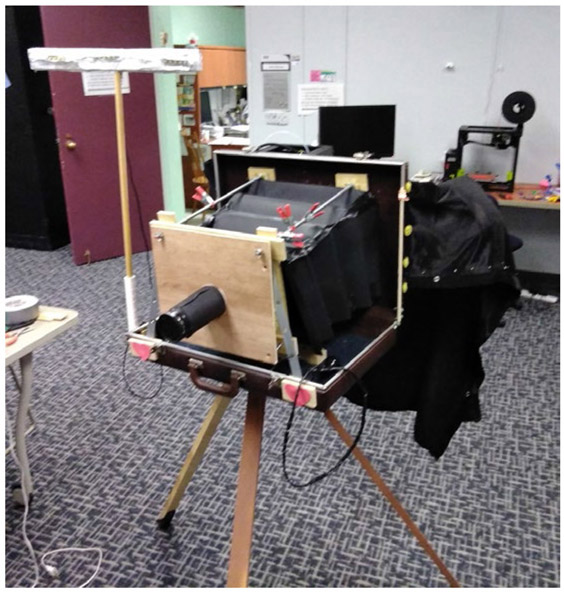We would like to thank the contributors who generously took time to provide information for the bonus projects section: Beth Campolieto Marhanka (Georgetown University), Don Undeen (Georgetown University), Dennis Thoryk (Onondaga Community College), Colin Nickels (North Carolina State University), Ty Van de Zande (North Carolina State University), Justin Haynes (North Carolina State University), and Adam Rogers (North Carolina State University). Thank you, as well, to our editor, Ellyssa Kroski.
We also offer many thanks to the current and former employees of Penfield Library who have helped us implement many of these projects. We are especially grateful to Bryan Schuff, who worked with us to develop the projects that involved materials from our Special Collections, and to Emily Mitchell, whose help has been invaluable for both the makerspace and for us as people.
Sharona would like to thank her family for their support, her partner Charlette for generally being an amazing person, and Kristin Fontichiaro for helping her discover her passion for makerspaces. Thank you to Chris Hebblethwaite for being an encouraging and patient mentor, and thank you to Juan for being a great friend and collaborator.
Juan would like to thank his colleague and friend Sharona. Without her, this book would never have been possible nor such a pleasure to write. She has helped him be a better maker in so many ways and be the creative person who brings joy to others. Juan would also like to thank his colleague, mentor, and friend Emily Mitchell. She kept him grounded in his regular work while encouraging him to achieve these projects. Emily was always positive of even his most far-reaching ideas and he will always be grateful.
Britton, Lauren. The Makings of Maker Spaces, Part 1: Space for Creation, Not Just Consumption. The Digital Shift. Oct. 1, 2012. http://www.thedigitalshift.com/2012/10/public-services/the-makings-of-maker-spaces-part-1-space-for-creation-not-just-consumption/.
Kurti, Steven R., Debby L. Kurti, and Laura Fleming. The Philosophy of Educational Maker-spaces, Part 1 of Making an Educational Makerspace. Teacher Librarian 41, no. 5 (2014): 811, Gale General OneFile (accessed October 25, 2019). https://link-gale-com.ezproxy.oswego.edu/apps/doc/A373680322/ITOF?u=oswego&sid=ITOF&xid=868caccc.
Linke, Rebecca. Design Thinking, Explained. Ideas Made to Matter (blog). September 14, 2017. https://mitsloan.mit.edu/ideas-made-to-matter/design-thinking-explained.
McCall, Logan. What Is Maker Culture? Yahoo! Voices. March 10, 2009. http://voices.yahoo.com/what-maker-culture-diy-roots-2810966.html?cat=46. Internet Archive. https://web.archive.org/web/20130317093545/http://voices.yahoo.com/what-maker-culture-diy-roots-2810966.html?cat=46.
Ministry of Education. Inclusion and Collaboration in a Makerspace. Enabling E-Learning, video, 3:09. http://www.elearning.tki.org.nz/Teaching/Future-focused-learning/Makerspaces/Inclusion-and-collaboration-in-a-makerspace.
Niaros, Vasilis, Vasilis Kostakis, and Wolfgang Drechsler. Making (in) the Smart City: The Emergence of Makerspaces. Telematics and Informatics 34 (2017): 11451148. http://dx.doi.org/10.1016/j.tele.2017.05.004.
Reed, Amanda. Feminist Makerspaces: Making Room for Women to Create. The Riveter. February 14, 2018. https://www.therivetermagazine.com/feminist-makerspaces-making-room-for-women-to-create.
TED. Grit: The Power of Passion and Perseverance | Angela Lee Duckworth. YouTube Video, 6:12. May 9, 2013. https://youtu.be/H14bBuluwB8.
IN THIS CHAPTER

Project Description
P HOTO BOOTHS HAVE BEEN AROUND FOR DECADES. The first coin-operated booth appeared in 1925 in New York City. The photo enclosure took photos of a person sitting on a stool. Prints strips were developed and ready in minutes. Their popularity grew over the years which included many in Hollywood and the art world, like Andy Warhol.
Libraries have been using photo booth setups for years. They use open-style photo booths that look more like a studio setting for a photographer. Libraries are quite creative with their booths. Some choose to create elaborate layouts that appear to transport you back in time. Others might create picture frame walls. Whatever type of photo station they choose, libraries know how fun they can be for their patrons. They also know how well they can be used to promote their library. Promoting the library with images of users is a great way to have your library be known and seen.
In the 1980s and 1990s, the American Library Association (ALA) used celebrities to promote libraries with the READ campaign. Celebrities like Bette Midler, David Bowie, and Denzel Washington took portraits of themselves reading books. Although portraits of them reading were taken by professional photographers, they still had an inviting feel to them. They are similar to the candid selfies that appear on dozens of social media sites. Libraries have incorporate these selfie-portraits in their own READ campaigns.

Overview
This project is designed to incorporate the elements of the photo booth, selfies, and promotional campaigns such as the ALA READ campaign. It will allow libraries to make a photo booth/selfie station that is mobile and reusable. The overall projects will contain the same basic elements of photo booth that include a life-size photo frame, camera, and props.
The basic photo frame is designed so that your library can customize it for various events. The camera you will make is a throwback to old-time shutterless cameras from the 1850s with a modern twist. Instead of relying on actual photo prints, the camera will upload the images so that they can be used in your social media accounts. This is achieved with any Apple iPad or Android tablet that is connected to the internet via Wi-Fi. Others effects include making a trigger button and simulated powder-flash. Props can be made from various materials with equipment that you should already have in your makerspace.
This project is designed for all levels of skill. Construction of the frame and camera will require basic carpentry skills that anyone can do. There are no programing skills needed to upload the images.
Figure 1.1. Old-time picture camera. Figure by Juan Denzer.

Materials List
Photo Booth Frame
- (4) 2 6 8 building wood
- (4) 2 4 6 building wood
- (4) 2 " zinc-plated flat corner brace
- (6) 2" L-shape zinc-plated corner brace right angle bracket
- 1 box 3" wood deck screws
- (4) 2" service caster wheel swivel plate with locking brake
Next page

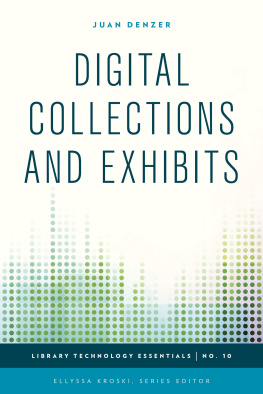
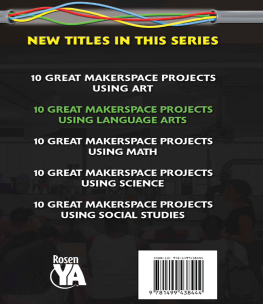
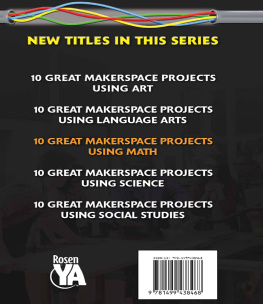
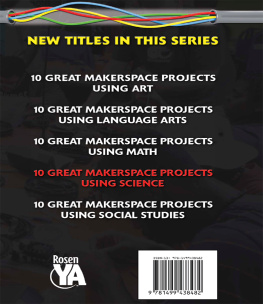
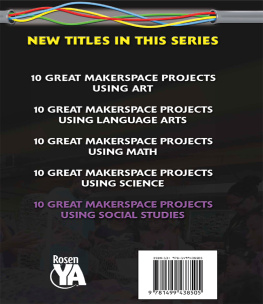
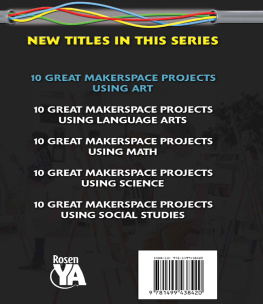
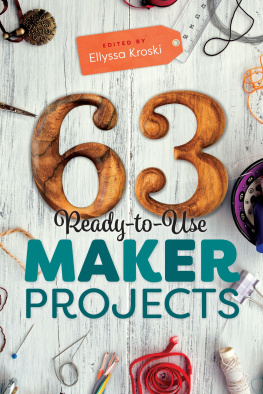
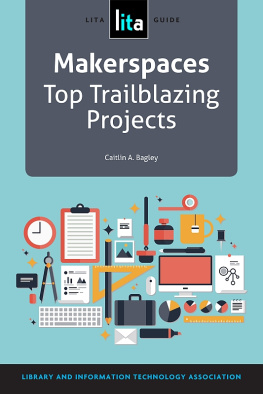
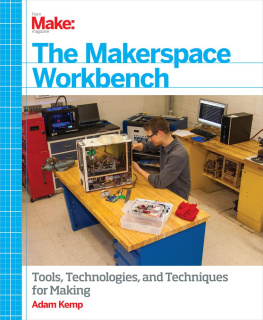
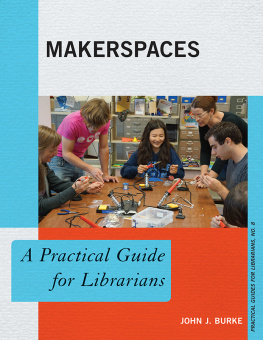



 Project Description
Project Description